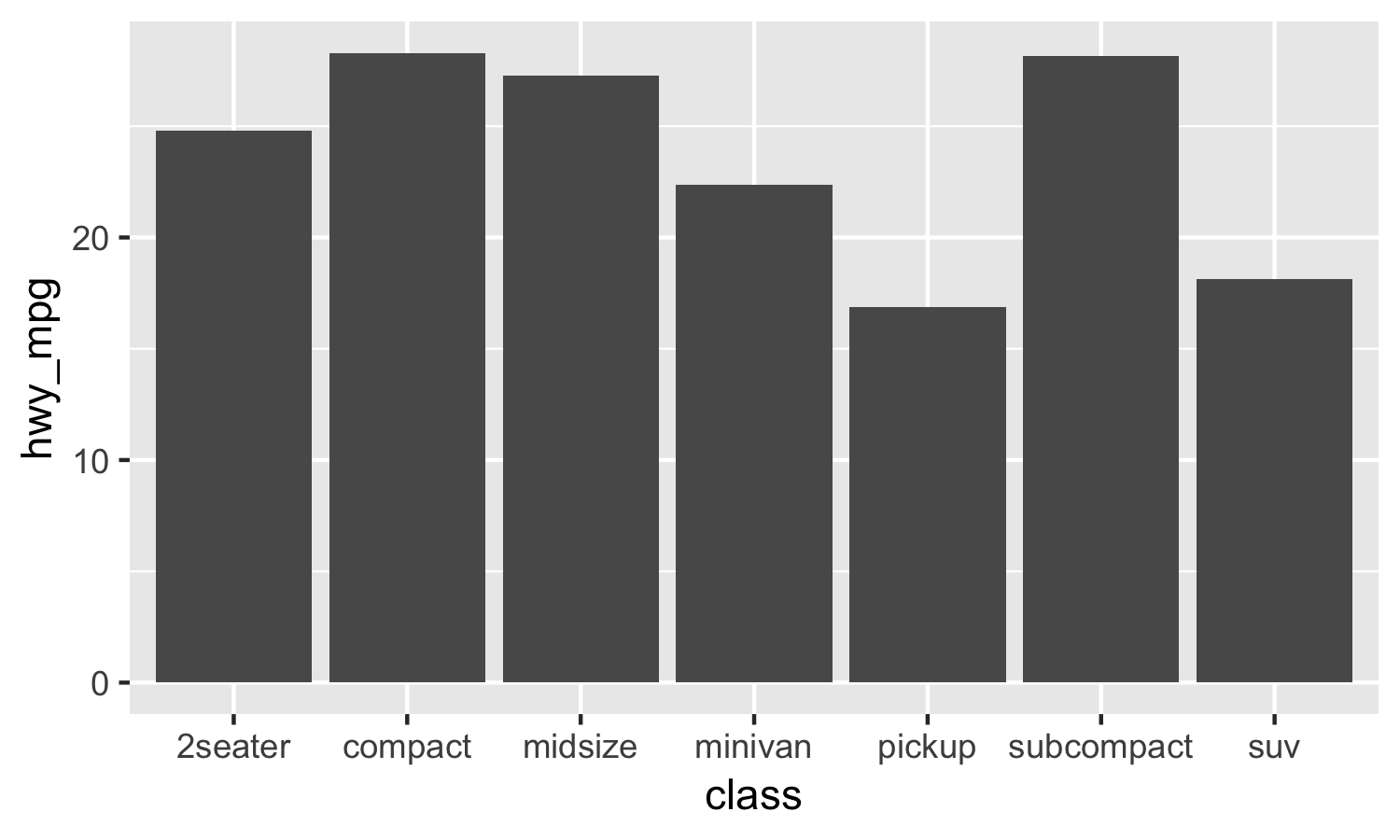

Here we’ll look at the simple task of creating a bar chart and the not-so-obvious, yet still simple, task of controlling the order that our categorical data is plotted.

Bar graph r studio series#
This blog series starts with the humble bar chart the bread and butter of any analyst. In this series of blogs, I will share a few of the discoveries I have made that have enhanced my data visualisations. Plotly can, however, be a bit of a beast to wrangle with, and I have often found myself searching the web for answers to seemingly simple questions. These graphs are ideal for use in R Shiny data apps, or in HTML markdown documents as they allow for user interaction, elevating static reports into dynamic tools. On top of its heightened attractiveness, Plotly’s main benefit over base R graphs, and the staple graphing package ggplot2, is its interactivity. The package allows for clean, colourful charts to be created that look modern and eye catching. Group chart makes use of matrix as input values.Plotly is an excellent graphing package available for R and R Shiny. Legend ("topleft",c("Week1","Week2","Week3","Week4","Week5"),cex=2.0,bty="n",fill=rainbow (5))īar charts are created for all the columns.

The data has been plotted as follows.īarplot(height=as.matrix(data),main="Analysis-1",ylab="Vaccine", beside=TRUE,col=rainbow (5)) Bty argument is meant for legend borders. Here, we are using the legend function to display the legends. In the below example, we have created a matrix for three vectors representing five points, and a comparison between them is done using a bar chart. Here, we will fix some labels.īarplot(H,names.arg=D,xlab="Month",ylab="sale",col="Red",main="Salechart",border="yellow")
Bar graph r studio code#
The bar chart for the above code is given here:Īnd each of the bars can be assigned different colors. The following example plots kilometer per count using different parameters.īarplot (x, col = "orange", border = "blue") Titles and labels can be modified and added to the bar charts. also, care should be taken a number of bars should be equal to the number of colours assigned in the character vector if not, the colors get repeated, density is for shading lines on the bars. Titles here are assigned using main arguments as “ Km per distance”, and x-axis as “km and y-axis as “ count” (labels) and the parameter col is for adding colors to the bar( either in hexadecimal or RGB format). The bar chart could look more elegant by adding more parameters to the bar plot. Here comes an example to plot the built-in data set of R. Rural Male Rural Female Urban Male Urban Female To do so, make horiz = TRUE or else vertical bars are drawn when horiz= FALSE (default option). Vector numbers are created using function c ()Ĭreating a Bar chart using R built-in data set with a Horizontal bar. The width of the bar can be adjusted using a parameter width () and space by space () in the barplot. The next example comes with initializing some vector of numbers and creating a table () command to count them.


 0 kommentar(er)
0 kommentar(er)
